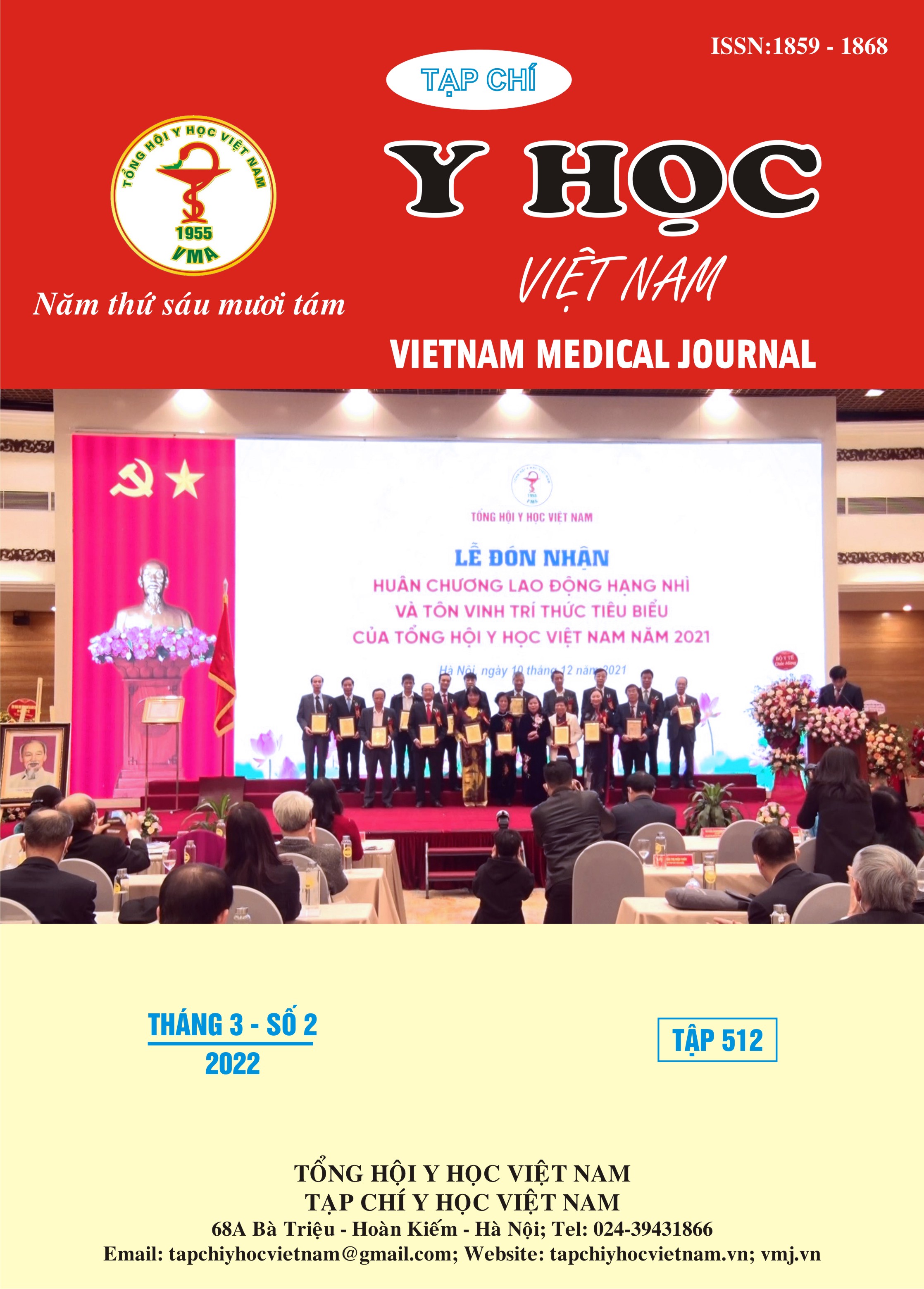NHẬN XÉT MỘT SỐ YẾU TỐ NGUY CƠ GÂY HẸP MIỆNG NỐI SAU PHẪU THUẬT TRIỆT CĂN UNG THƯ TRỰC TRÀNG TẠI BỆNH VIỆN K
Nội dung chính của bài viết
Tóm tắt
Mục tiêu: Đánh giá một số yếu tố nguy cơ gây hẹp miệng nối sau mổ triệt căn ung thư trực tràng. Phương pháp nghiên cứu: nghiên cứu hồi cứu. Kết quả: Nghiên cứu bao gồm 256 BN ung thư trực tràng được phẫu thuật triệt căn, tỷ lệ hẹp miệng nối 3,52%. Có 3 yếu tố nguy cơ liên quan đến hẹp miệng nối là: xạ trị tiền phẫu (OR=8,18, 95%CI=1,66–40,32), phẫu thuật bảo tồn cơ thắt (ISR) (OR=11,4, 95%CI=2,30–56,42) và rò miệng nối sau mổ (OR=23,24, 95%CI = 3,34–161,80). Kết luận: Các yếu tố nguy cơ gây hẹp miệng nối sau mổ là: Rò miệng nối, phẫu thuật ISR, tia xạ trước mổ.
Chi tiết bài viết
Từ khóa
ung thư trực tràng, Hẹp miệng nối trực tràng
Tài liệu tham khảo
2. Cong JS, Chen CS, Ma MX et al. (2014). Laparoscopic intersphincteric resection for low rectal cancer: comparison of stapled and manual coloanal anastomosis. Colorectal Dis, 16353-358.
3. Garcea G, Sutton CD,Lloyd TD et al. (2003). Management of benign rectal strictures: a review of present therapeutic procedures. Dis Colon Rectum, 46(11)1451-1460.
4. Hayden DM, Mora Pinzon MC, Francescatti AB, Saclarides TJ. (2014). Patient factors may predict anastomotic complications after rectal cancer surgery: Anastomotic complications in rectal cancer. Ann Med Surg (Lond), 4(1)11-16.
5. Kraenzler A, Maggiori L,Pittet O et al. (2017). Anastomotic stenosis after coloanal, colorectal and ileoanal anastomosis: what is the best management? Colorectal Dis, 19(2)096.
6. Kumar A, Daga R,et al Vijayaragavan P. (2011). Anterior resection for rectal carcinoma - risk factors for anastomotic leaks and strictures. World J Gastroenterol, 17(11)1475-1479.
7. Lee SY, Kim CH, Kim YJ,Kim HR. (2017). Anastomotic stricture after ultralow anterior resection or intersphincteric resection for very low-lying rectal cancer. Surg Endosc, 32(2)660-666.
8. Zhang B, Zhuo GZ,Tian L et al. (2019). Risk factors of coloanal anastomotic stricture after laparoscopic intersphincteric resection for low rectal cancer. Zhonghua Wei Chang Wai Ke Za Zhi, 22(8)755-761.


